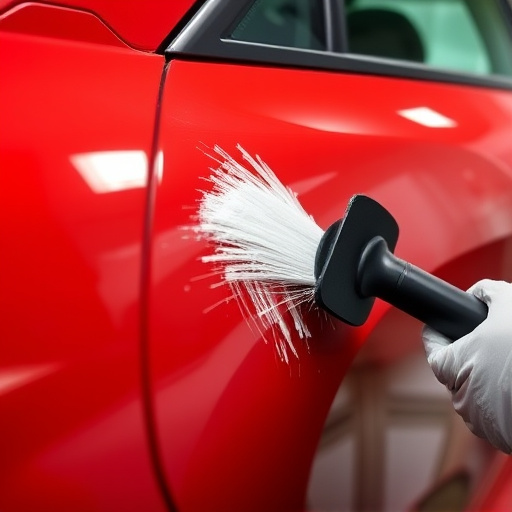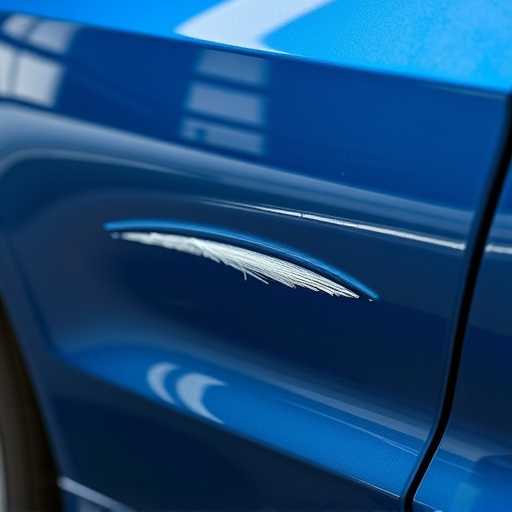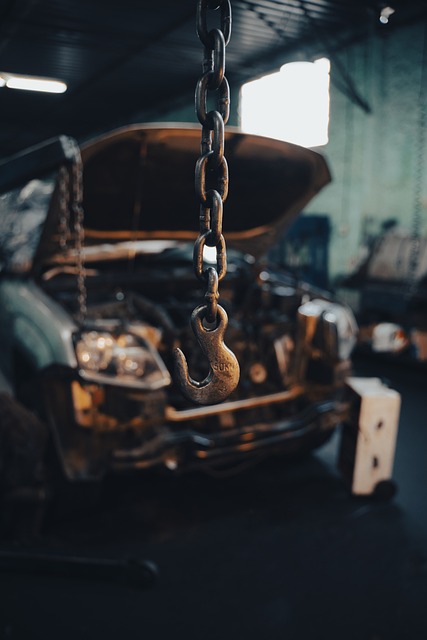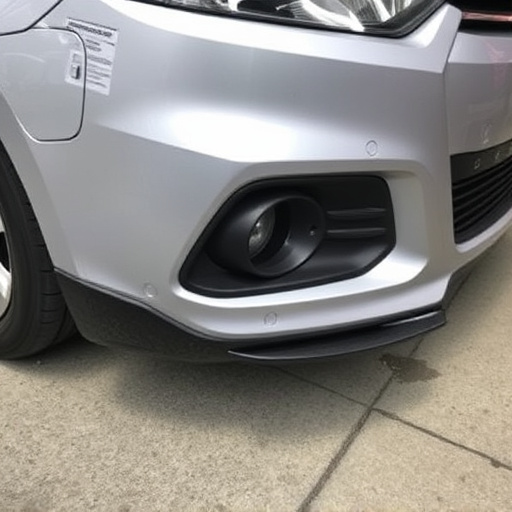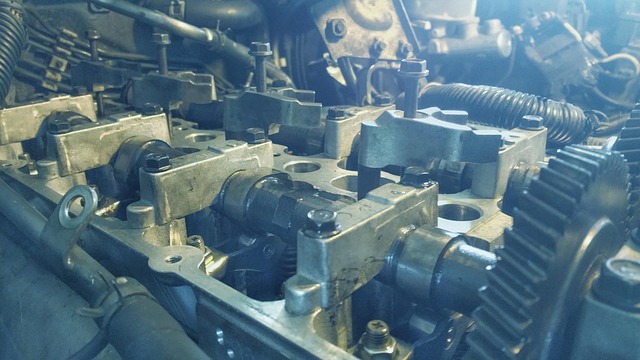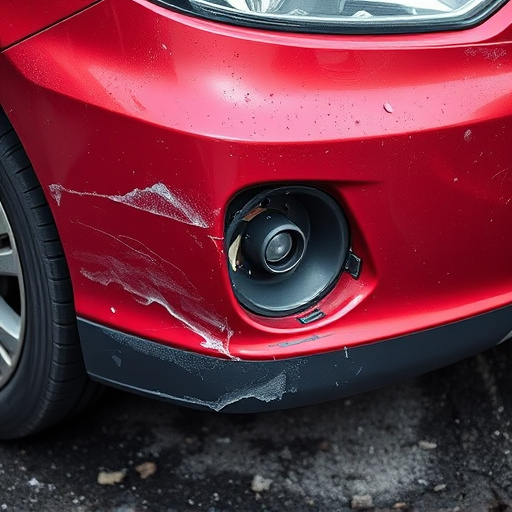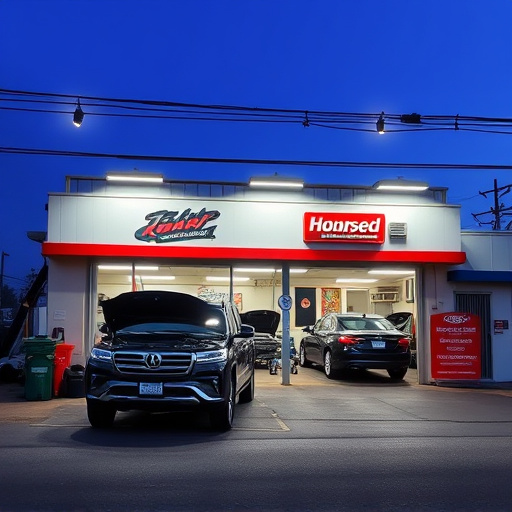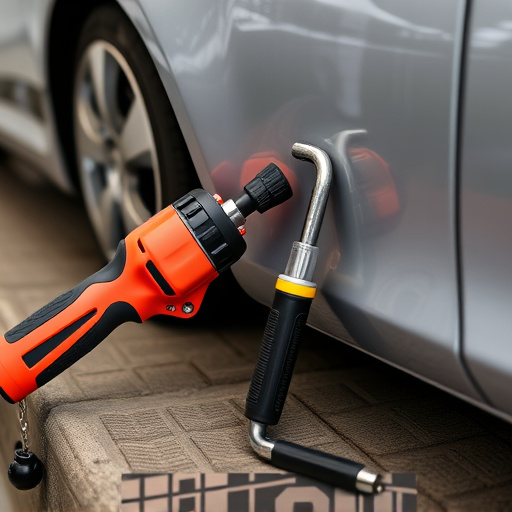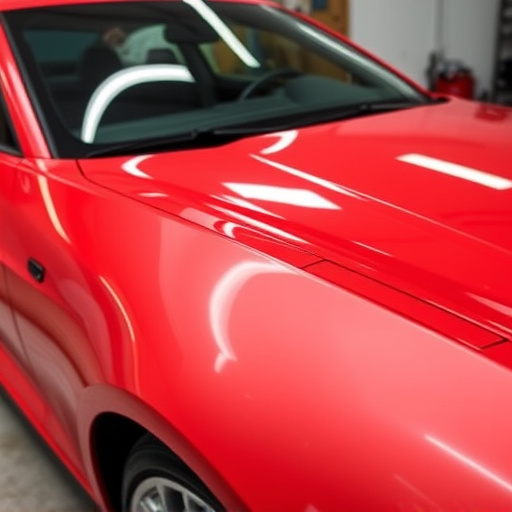Tesla prioritizes safety, quality, and swift repairs for its vehicles post-accident through stringent Tesla accident repair standards. Authorized service centers utilize specialized tools, trained technicians, and CAD software for accurate assessments and precise repairs, adhering to these high criteria. Real-time API updates, like status codes 504 (Gateway Timeout), are crucial for minimizing delays that impact customer satisfaction and vehicle turnaround times. Repair centers must invest in robust systems that seamlessly integrate with Tesla's API to meet these Tesla accident repair standards effectively.
“Tesla vehicles, known for their cutting-edge technology and sleek design, come with strict accident repair standards to ensure optimal safety and performance. This article delves into the specialized procedures and guidelines followed by certified technicians during the restoration of Tesla Model S, 3, X, and Y after a collision.
We’ll explore the unique challenges posed by electric vehicle (EV) repairs, highlighting how Tesla’s stringent accident repair standards contribute to the overall integrity and value retention of their vehicles.”
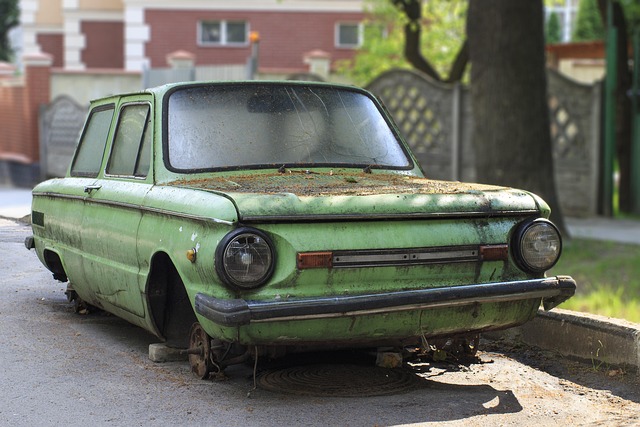
Tesla is renowned for its cutting-edge technology and innovative approach to automotive design, but what happens when a Model S, 3, X, or Y encounters an accident? The company maintains stringent Tesla accident repair standards to ensure that repairs are both safe and high-quality. These standards are crucial in preserving the vehicle’s structural integrity, performance, and overall value.
When a Tesla undergoes an accident, authorized service centers equipped with specialized tools and trained technicians take over. They employ advanced diagnostic equipment to thoroughly assess the damage, utilizing computer-aided design (CAD) software for precise measurements. This meticulous process guarantees that each repair adheres to Tesla’s stringent criteria, ensuring the vehicle returns to its original safety and performance specifications.
API responded with status code 504.

In today’s digital age, consumers expect seamless and swift services, especially when it comes to handling accidents involving their advanced vehicles like those from Tesla. When a Model S, 3, X, or Y encounters damage, the process of repair is crucial in maintaining the vehicle’s performance and safety standards. API (Application Programming Interface) responses play a vital role in this process, providing real-time updates and status codes that guide the entire accident repair journey.
A status code 504, meaning Gateway Timeout, indicates a delay in communication between the repair center and Tesla’s system. This response highlights the importance of efficient data exchange to ensure Tesla accident repair standards are met promptly. Delays can impact the overall timeline for repairs, potentially affecting customer satisfaction and vehicle turnaround time. Therefore, repairing centers must be equipped with robust systems that seamlessly integrate with Tesla’s API to minimize such timeouts and deliver exceptional service.
Tesla’s commitment to maintaining high accident repair standards for models S, 3, X, and Y is paramount in ensuring customer safety and satisfaction. By utilizing advanced technologies and training programs, authorized service centers deliver repairs that not only meet but exceed industry benchmarks. These rigorous standards guarantee that Tesla vehicles return to the road with enhanced safety features and superior performance, providing peace of mind for owners.
